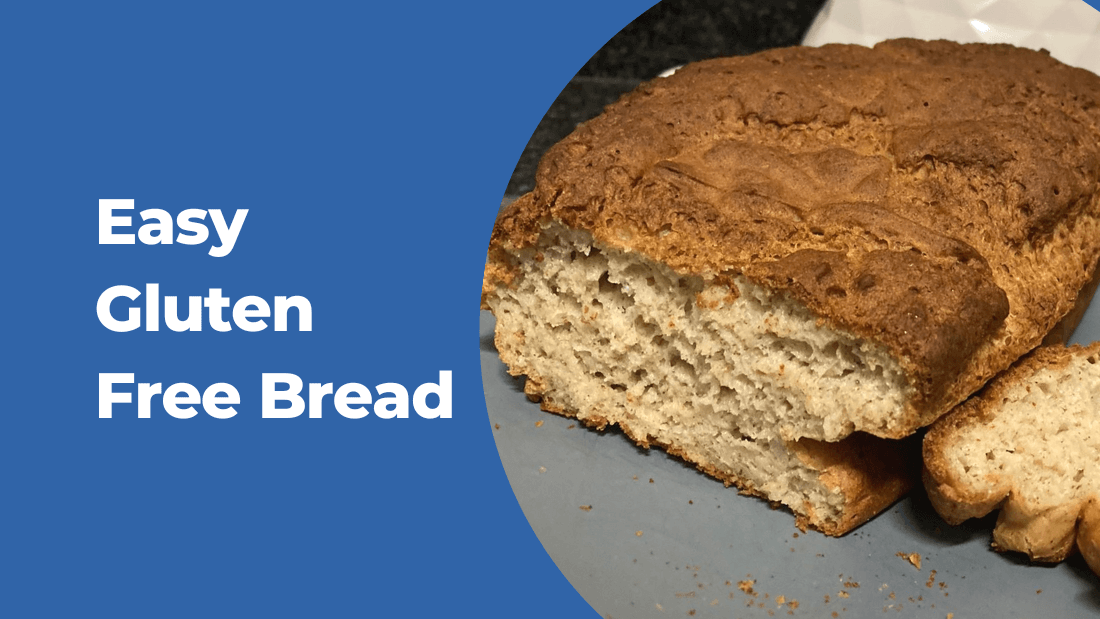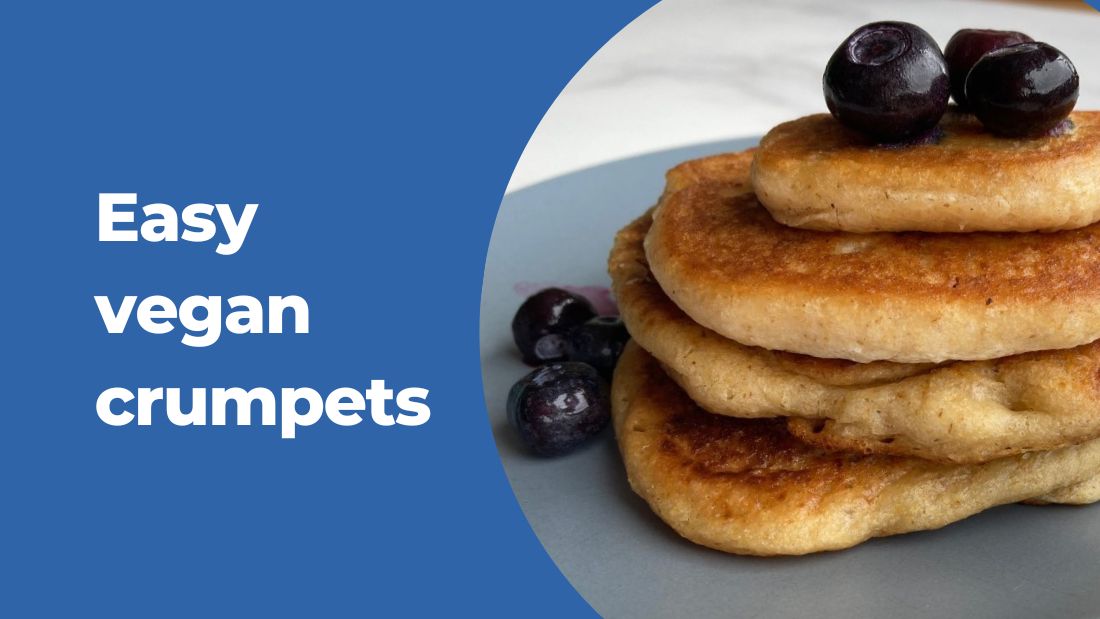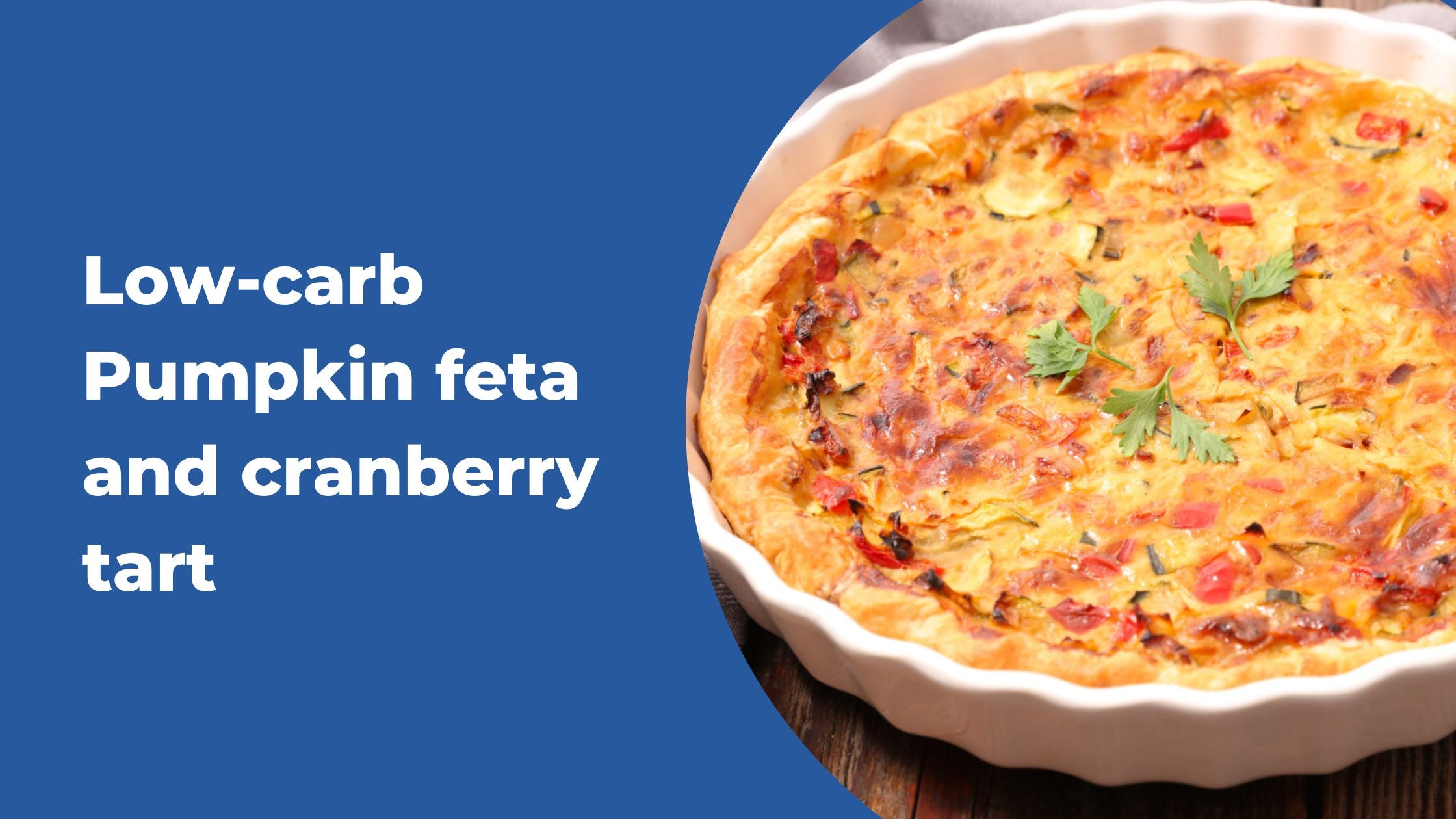We have all been there: You feel hungry and all you can find in the shops are carb-loaded foods. You grab whatever you can and binge on it. Then comes the bloated feeling, the regret, and a few hours later the next wave of hunger-pangs start. This is exactly what carbs do to your body. It is this vicious carb cycle that fuels cravings for more. This cycle needs to be broken, especially during or after the holidays as some of us might derail a bit or want to get into a healthy lifestyle that brings with it energy and weight loss. The transition from a carb diet to a keto diet can be unnecessarily hard if you don’t know how to do it. Food cravings are real but there are ways of easing into a keto diet. And once you know what snacks to rather have, you won’t get caught with all the temptations around you.
Before we dive into the transition and carbohydrate swopping tips, it is good to understand why you may have food cravings and constant hunger.
What are hunger pangs?
You have most likely experienced that uncomfortable sensation in your stomach that triggers your brain to send food. Hunger pangs or hunger pains are caused by unavoidable contractions of the stomach when it’s empty. This immediately creates a desire to eat.
The problem is these triggers don’t always indicate a true need to eat. It could simply be that your stomach is in a routine of eating a certain amount of food or at a specific time of day. Almost all people will experience hunger pangs once they go long enough without food or fluid.
Hunger pains or constant hunger could be your body’s way of telling you that it needs more nutrients. Your stomach is a muscular organ designed to stretch and collapse. Factors that can affect your feelings of hunger include hormones, lack of sleep, the quantity or quality of the food you eat, stress or anxiety, and cravings for that pleasant eating experience.
When you transition back to the keto diet after you’ve derailed a bit or if you want to start the keto lifestyle, it is good to understand what you may experience in the beginning phase. Most people want to start following a keto lifestyle to get out of the carb-craving feeling and want to eat constantly because it is known to make you feel sluggish and tired.
What can you expect when you transition from a high-carbohydrate to a low-carbohydrate diet?
Your body will be hard at work figuring out how to keep going without glycogen. Many people start the keto diet because they want their bodies to burn fat for fuel, as opposed to glucose. Some of the symptoms you may experience are hunger, headaches, fatigue, muscle aches, nausea, brain fog, and irritability. When you eat carbs your body releases a feel-good hormone called dopamine that operates as a sort of reward, especially when you are feeling stressed. To get this reward, your body will start craving carbs and refined sugar as it triggers the dopamine response. This is the addiction you get trapped in but there are ways of kicking this habit and addiction in the teeth.
While your body is making this change, it is natural to experience some shifts in the way you feel during the first week or two.
How to curb carb cravings?
#1 Go cold turkey on the refined sugars and carbs
Say no to these as they will spike your blood sugar and make you go hungry over and over. The upside here is that there are products to help at first such as Keto bars or snacks that has stevia as a sweetener to help on those days when you feel weak.
#2 Stock up on high-fiber foods
Fill your pantry with high-fiber foods such as whole-wheat pasta, quinoa, lentils, chickpeas, beans , and edamame.#3 Lean into proteins and healthy fats
Lean proteins and fat can make you feel full for hours and give your body the needed fuel.
#4 Try the plate method as a guideline
Basically, it recommends that you fill half your plate with non-starchy vegetables, a quarter of your plate with lean protein and a quarter with high-fiber carbs
#5 Get enough sleep
Too little sleep equals food cravings. This happens because your body’s hunger hormones get imbalanced and leave you to crave carbs or refined sugar. The hunger hormone, ghrelin, is responsible for appetite and hunger so make sure you get enough shut eye every night.
#6 Go for Keto-Friendly Snacks in Need
Have a realistic expectation that you will crave carbs or sweets until your body has adapted to your new keto lifestyle. Thank goodness there are hundreds of keto-friendly recipe’s that help you out and satisfy your cravings in a healthy way.
#7 Keto-Friendly Carb Swops
When those carb cravings hit, you can go for alternative snacks to help out:
- Swap Processed Jam for Low Carb Chia Seed Jam
- Swap Pasta for Vegetable Noodles
- Swap Tortillas for Cauliflower Flatbread
- Swap Sugar for Stevia
- Swap Sweetened Sausage for No Added Sugar Varieties
- Swap Burger Buns for Lettuce or large mushrooms
- Swap Rice for Cauliflower
- Swap a Traditional Pizza Crust for a Chicken or Veg Pizza Crust
- Swap Heavy Cream for Coffee Creamers with Collagen & MCT Oil
- Swap French Fries for Sweet Potato Fries
Life does not have to be dull and dreadful while you’re on the keto lifestyle. It is more about making the switch in your brain to start thinking differently about food and understanding the effect it has on your body. Once your body is fat adapted, you will feel energized and healthy. It is much easier these days to transition with all the keto snacks available in stores and online.
Set a date, make the commitment, and don’t ever look back again. Anyone on the keto diet will testify that it’s one of the best decisions they’ve ever made. And it comes with many benefits such as reduced appetite, no cravings, and improved blood pressure and blood sugar to name a few.




Share:
How to Curb the Carbs this Festive Season
Why the ketogenic lifestyle is still popular?